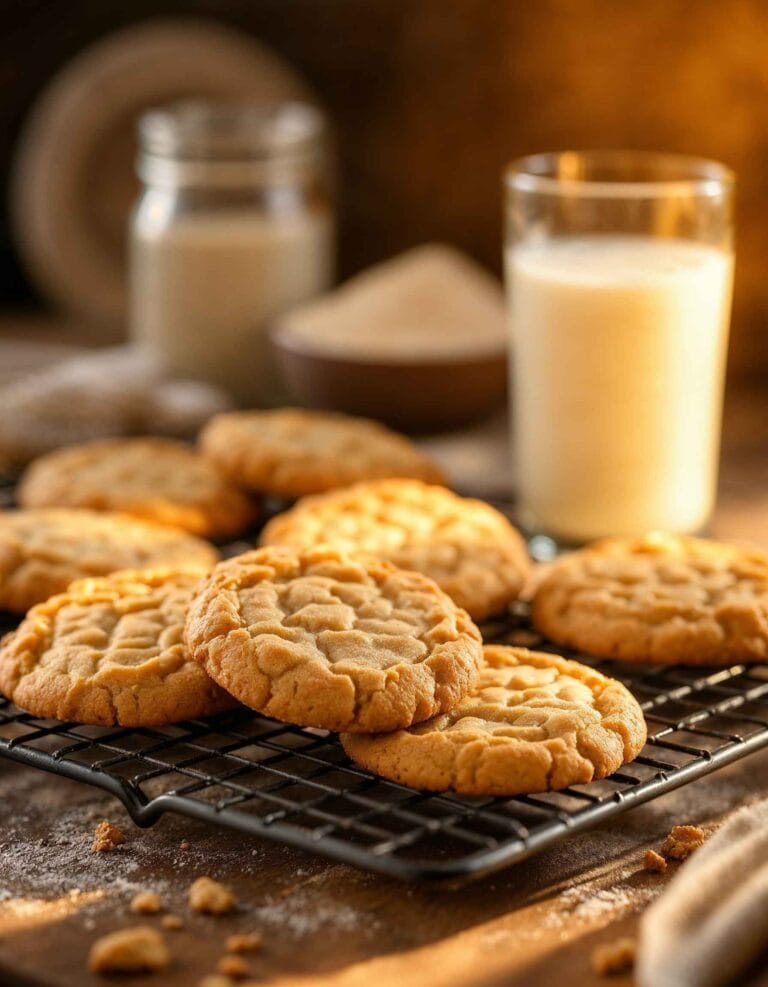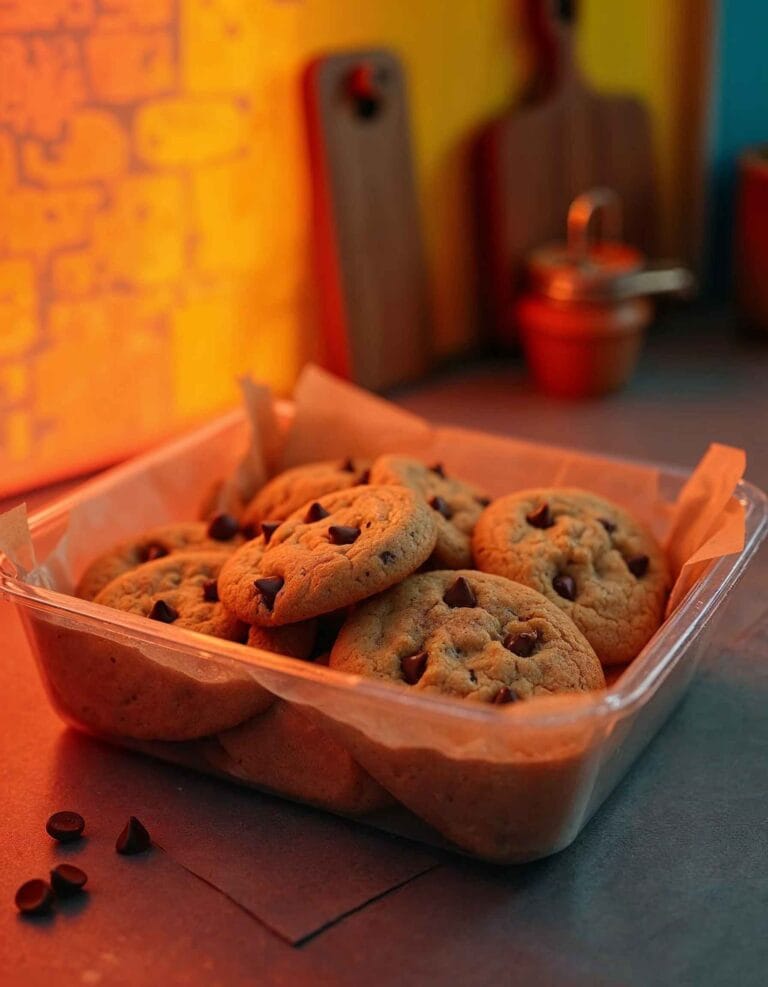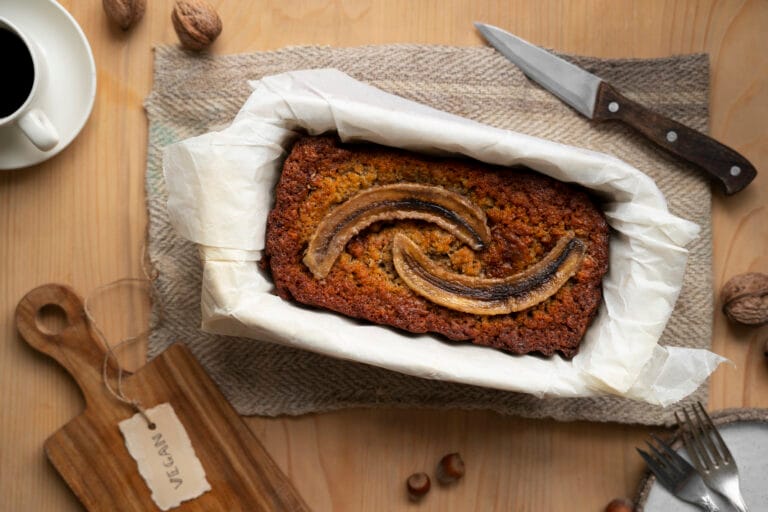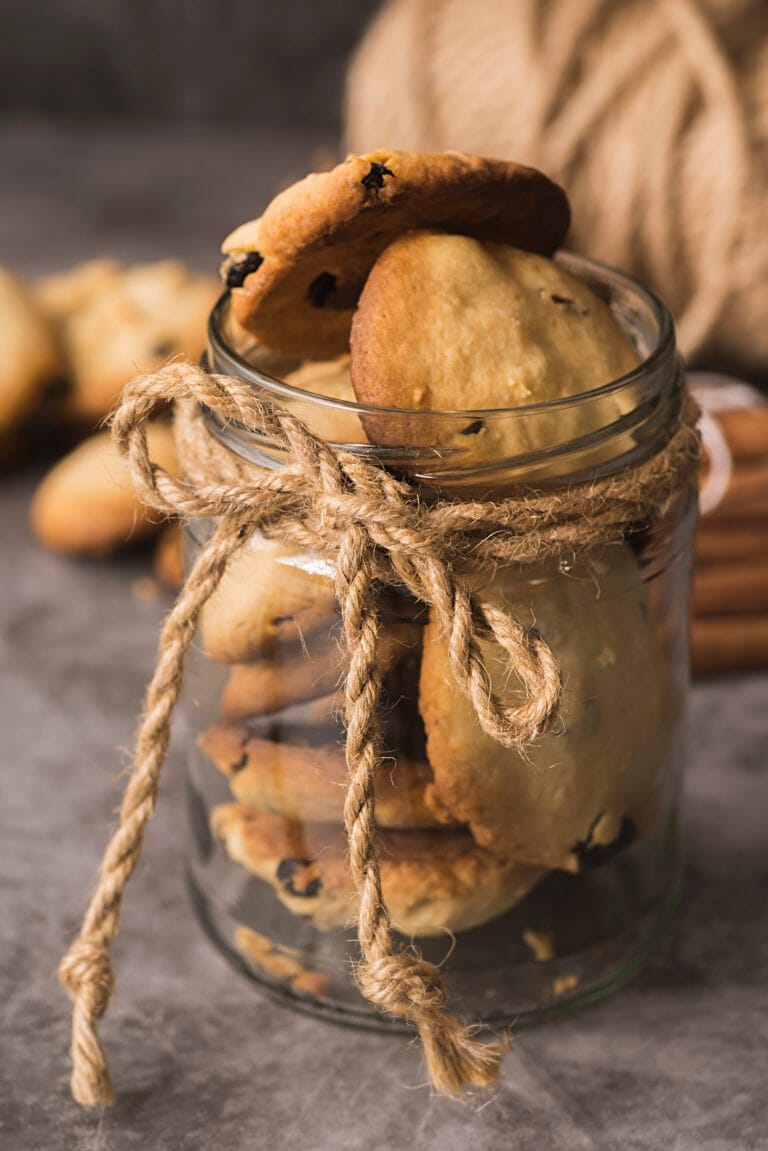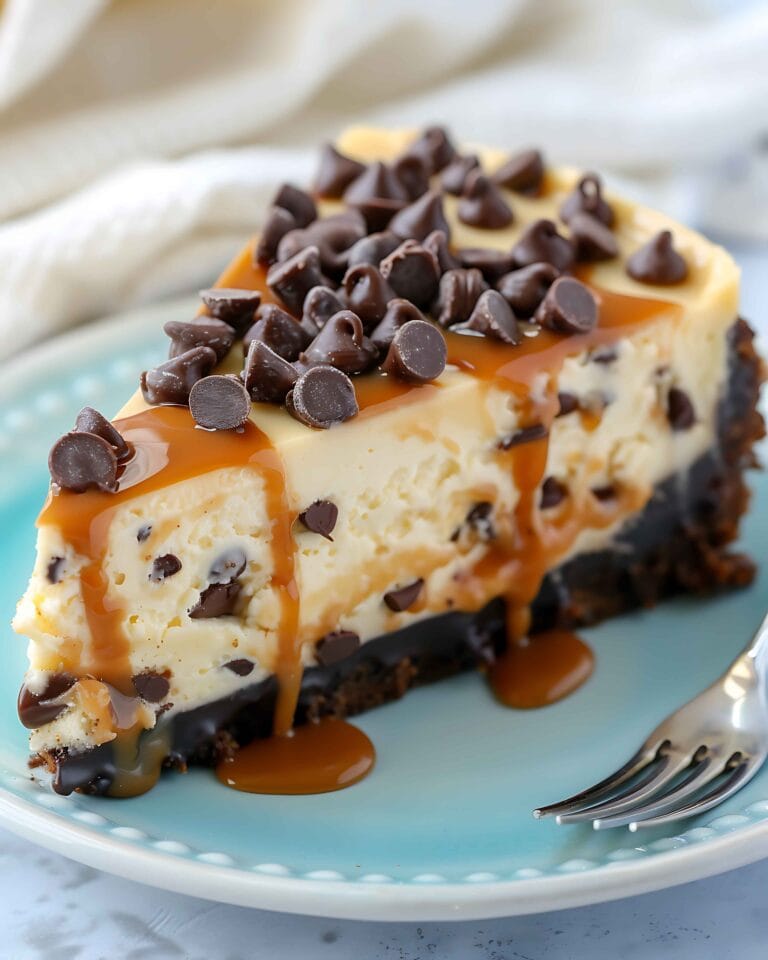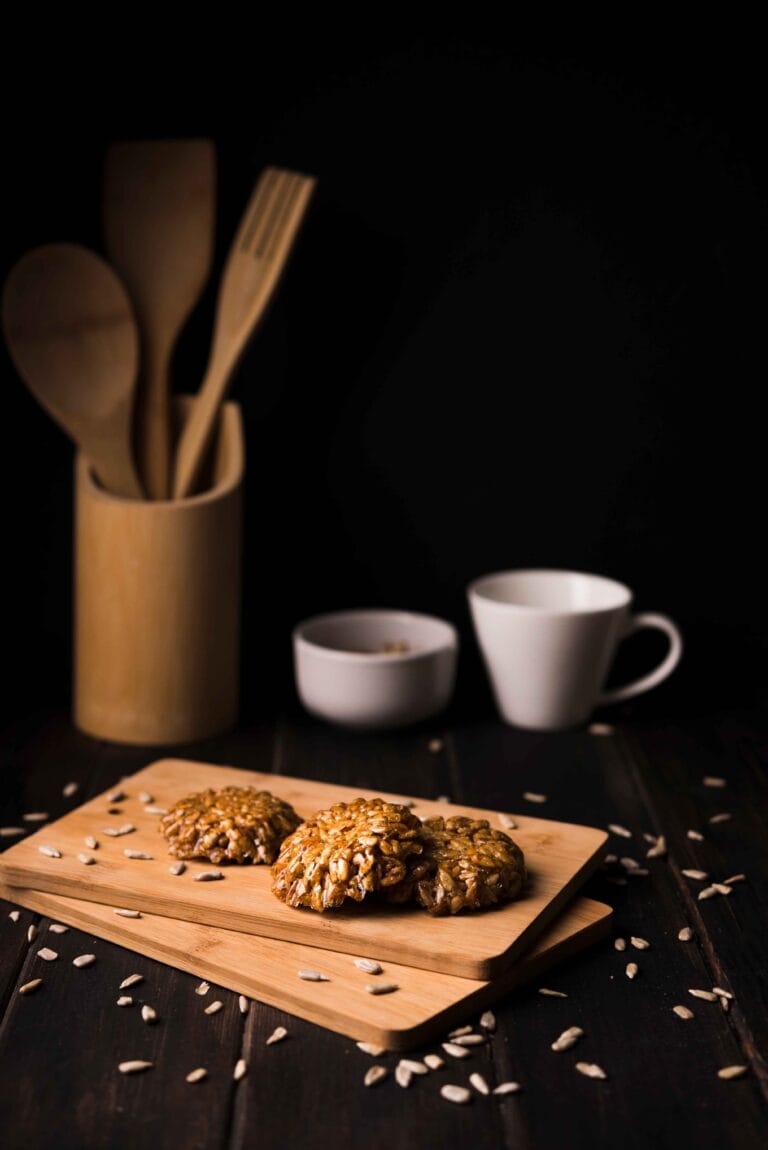What’s the Difference Between Cheesecake and French-Style Cheesecake?
People around the world love cheesecake in its countless variations. From dense, creamy slices served in New York diners to delicate, airy French creations, these sweet treats cater to all palates. But what truly sets a regular cheesecake apart from its French-style counterpart? This article dives deep into their origins, ingredients, textures, and preparation methods, revealing the delicious distinctions that make each unique. By the end, you’ll know exactly which to pick—or bake—for your next dessert adventure.
Explore this ultimate churro cheesecake recipe for a delightful fusion of flavors.
What is Cheesecake?
Cheesecake is one of the oldest desserts in the world, with a history that spans centuries. Its timeless appeal lies in its rich texture and adaptability, making it a dessert staple in many cultures.
The History of Cheesecake
Ancient Greeks created the earliest versions of cheesecake and served them to athletes during the first Olympic Games. The Romans later adopted and modified the recipe, spreading it across Europe. By the time cheesecake reached the Americas, it had evolved into the creamy dessert we know today, with variations reflecting local tastes and ingredients.
Basic Ingredients
Traditional cheesecake recipes revolve around a few core ingredients:
- Cream Cheese: The star ingredient in most modern cheesecakes.
- Sugar: Adds sweetness and balances the tanginess of the cheese.
- Eggs: Bind the mixture and provide structure when baked.
- Crust: Often made from crushed graham crackers or cookies for a complementary crunch.
These ingredients are versatile, allowing for countless variations, from fruity to chocolate-infused delights.
Learn what makes churro cheesecake a unique and irresistible dessert.
Global Popularity
Cheesecake has become a global phenomenon, with each region adding its unique twist. The classic New York cheesecake is famous for its dense, rich texture, while Japan’s cheesecake is light and fluffy, resembling a soufflé. No matter the variation, the essence of cheesecake remains the same: a creamy, indulgent treat that satisfies dessert lovers worldwide.
What is French-Style Cheesecake?
French-style cheesecake is a lighter, more refined version of the dessert, often favored for its delicate texture and subtle flavor profile.
Unique Origin
French-style cheesecake is believed to have roots in French culinary traditions that prioritize balance and elegance. Unlike the dense and heavy American-style cheesecake, this version reflects the French ethos of subtlety and sophistication.
Distinct Characteristics
French cheesecake is characterized by its:
- Light and Airy Texture: Achieved through specific ingredients and preparation methods.
- Subtle Sweetness: A less sugary profile that emphasizes the cheese’s natural flavors.
- Simplistic Presentation: Often served with minimal garnishes to let the dessert shine on its own.
Ingredients in French Cheesecake
Instead of cream cheese, French-style cheesecake typically uses:
- Fromage Blanc or Ricotta: These cheeses are lighter and less dense, creating a smooth and airy base.
- Fresh Cream: Adds richness without overpowering the dessert.
- Egg Whites: Whipped and folded into the mixture to achieve a soufflé-like texture.
This ingredient list ensures that French cheesecake is a lighter alternative to its American cousin.
Key Differences in Texture
One of the most noticeable distinctions between cheesecake and French-style cheesecake lies in their textures. The preparation methods and choice of ingredients play pivotal roles in defining these differences.
Regular Cheesecake: Dense and Creamy
The dense, velvety texture defines traditional cheesecake, especially the American-style variety. Here’s what contributes to this characteristic:
- Cream Cheese Base: The heavy, rich consistency of cream cheese creates a thick and creamy dessert.
- Baking Process: Baking cheesecake in the oven solidifies its structure, resulting in a dense yet smooth interior.
- Egg Content: The use of whole eggs binds the ingredients, adding to the firmness.
This dense texture gives regular cheesecake its signature luxurious mouthfeel, making it a dessert that feels indulgent and satisfying.
French-Style Cheesecake: Light and Airy
French-style cheesecake takes an entirely different approach to texture, prioritizing lightness and a melt-in-your-mouth experience. Key factors include:
- Fromage Blanc or Ricotta: These cheeses are less dense than cream cheese, contributing to a softer and airier result.
- Whipped Egg Whites: Often folded into the batter, whipped egg whites introduce air, giving the dessert a soufflé-like consistency.
- Water Bath Technique: Bakers often use a bain-marie (water bath) to gently cook French-style cheesecake, preventing cracks and maintaining its soft, delicate texture.
The result is a cheesecake that feels lighter on the palate, making it an ideal choice for those who prefer a less filling dessert.
Why Texture Matters
Texture influences not just the eating experience but also the overall impression of the dessert. Regular cheesecake provides a heavy, indulgent treat, while French-style cheesecake offers a refined, delicate alternative. Depending on your preferences and the occasion, one may appeal to you more than the other.
Key Differences in Ingredients
The ingredients used in regular cheesecake and French-style cheesecake are crucial to their unique characteristics. Each style relies on specific choices to create its distinct flavor and texture.
Regular Cheesecake: Cream Cheese as the Foundation
Traditional cheesecake is synonymous with cream cheese, a staple in American baking. Here’s a closer look at its core ingredients:
- Cream Cheese: Its high fat content gives cheesecake its signature richness and creamy texture. Popular brands like Philadelphia are often used for their consistency and tangy flavor.
- Heavy Cream or Sour Cream: These add smoothness and complement the tanginess of the cream cheese, ensuring a well-rounded flavor.
- Sugar: Provides sweetness and balances the tanginess of the cream cheese. Granulated sugar is the standard choice.
- Eggs: Bind the mixture and contribute to the dense texture when baked.
Bakers often incorporate optional flavor enhancers like vanilla extract, lemon zest, or chocolate to create variations such as strawberry, chocolate, or caramel cheesecakes.
French-Style Cheesecake: A Lighter Approach
French-style cheesecake uses different ingredients to achieve its light and airy consistency. These include:
- Fromage Blanc or Ricotta: Unlike cream cheese, these cheeses are lighter, less tangy, and have a smoother texture. Fromage blanc is particularly popular in French desserts for its mild flavor.
- Fresh Cream: Adds richness while maintaining the lightness of the batter.
- Egg Whites: Bakers whip and fold egg whites into the mixture to add air, creating the soufflé-like texture that defines French cheesecake.
- Less Sugar: French-style cheesecake is typically less sweet, relying on the natural flavors of the cheese and cream to shine through.
The minimalistic ingredient list ensures a more refined taste that pairs well with fresh fruits, jams, or simple coulis as toppings.
Impact of Ingredients on Flavor and Texture
The choice of ingredients directly influences the flavor and texture of each type of cheesecake:
- Regular Cheesecake: Rich, heavy, and creamy, with bold flavors that pair well with a variety of sweet and savory toppings.
- French-Style Cheesecake: Subtle, delicate, and light, offering a less intense sweetness and a more sophisticated palate experience.
Understanding these differences helps you appreciate the unique qualities of each and decide which to make or enjoy depending on the occasion.
Differences in Preparation
The preparation methods for regular cheesecake and French-style cheesecake play a critical role in their final textures and flavors. From mixing techniques to baking methods, each style has distinct processes that bring out its unique qualities.
Regular Cheesecake: Rich and Consistent
The preparation of regular cheesecake focuses on achieving a dense, creamy texture. Here are the key steps:
- Mixing the Batter: Cream cheese, sugar, eggs, and heavy cream or sour cream are blended thoroughly to create a smooth and lump-free mixture. Overmixing is avoided to prevent cracks during baking.
- Crust Formation: A classic graham cracker crust is prepared by combining crushed graham crackers with melted butter and sugar. This crust is pressed firmly into the bottom of a springform pan to provide a solid base.
- Baking: The cheesecake is baked at a moderate temperature, often in the range of 325–350°F (160–175°C).
- Some variations are “no-bake,” where the cheesecake sets in the refrigerator with the help of gelatin or whipped cream.
- Cooling and Setting: After baking, the cheesecake is cooled gradually to prevent cracks. It’s then chilled for several hours or overnight to achieve the desired firmness.
These steps result in a cheesecake that is rich, consistent, and holds its shape well when sliced.

French-Style Cheesecake: Light and Delicate
French-style cheesecake involves more nuanced preparation techniques to achieve its airy and delicate texture:
- Whipping Egg Whites: Whipping egg whites to soft or stiff peaks is a critical step. Bakers gently fold them into the batter to introduce air and create a soufflé-like texture.
- Bain-Marie (Water Bath): Bakers often bake French-style cheesecake in a water bath to provide gentle, even heat and prevent the surface from drying or cracking. They wrap the pan in foil to keep water from seeping into the batter.
- Minimal Mixing: Bakers carefully avoid overmixing the batter to preserve its light and fluffy consistency.
- Simpler Crust or No Crust: French-style cheesecake may use a thinner crust, such as pâte sablée, or forego the crust entirely for a more delicate presentation.
Baking Techniques and Their Effects
The choice of baking technique has a significant impact on the final result:
- Regular Cheesecake: Baking at higher temperatures and for longer periods creates a denser texture. The use of a springform pan ensures easy release and clean edges.
- French-Style Cheesecake: Baking in a water bath and incorporating air through whipped egg whites result in a softer, more delicate structure that may be less rigid but melts in the mouth.
No-Bake Options
While traditional preparation involves baking, no-bake versions exist for both styles. Regular cheesecake’s no-bake versions rely on gelatin or whipped cream for setting, while no-bake French-style cheesecake may use fromage blanc with fruit or coulis for an easy, light dessert.
The preparation techniques for each style reflect their intended texture and flavor, giving bakers and dessert enthusiasts an opportunity to experiment with different methods.
Flavor Profiles and Variations
The flavor profiles of regular cheesecake and French-style cheesecake further emphasize their unique characteristics. Both styles offer customization, but their foundational flavors and adaptability differ significantly.
Uncover the ingredients and cultural influences behind Mexican cheesecake.
Regular Cheesecake: Bold and Versatile
People celebrate regular cheesecake for its rich, creamy flavor and versatility in supporting a wide range of bold variations.
- Classic Flavor Profile: The tanginess of cream cheese, paired with sweetness from sugar and vanilla, forms the base flavor. This combination is both indulgent and satisfying. Discover the warm, cinnamon-sugar flavor that defines churros
- Popular Variations:
- New York Cheesecake: A denser, creamier version, often served plain or with a thin fruit glaze.
- Chocolate Cheesecake: Incorporates cocoa or melted chocolate for a deep, rich taste.
- Fruity Cheesecakes: Topped or swirled with strawberries, blueberries, or other fruits for added sweetness and acidity.
- Savory Cheesecake: Occasionally made with ingredients like herbs or smoked salmon for an appetizer-style dish.
The versatility of regular cheesecake means it can adapt to almost any flavor or topping, from peanut butter to caramel, making it a favorite for creative bakers.
French-Style Cheesecake: Subtle and Refined
French-style cheesecake takes a more understated approach to flavor, focusing on subtlety and elegance.
- Classic Flavor Profile: The mild taste of fromage blanc or ricotta, with just a hint of sweetness, defines French cheesecake. This creates a light and delicate experience that doesn’t overpower the palate.
- Popular Variations:
- Fruit Coulis: Often served with a drizzle of raspberry, apricot, or strawberry coulis for a touch of fruity sweetness.
- Honey or Almond Glaze: Enhances the natural flavors of the cheese with a touch of sweetness or nuttiness.
- Herb-Infused Variations: Occasionally infused with herbs like lavender or thyme for a unique, aromatic twist.
- Crustless Options: Emphasizes the light texture by removing the crust entirely, often served as individual ramekins for added sophistication.
Texture and Flavor Pairing
The flavor of each cheesecake style complements its texture:
- Regular Cheesecake: The dense, creamy base pairs well with bold and rich toppings like chocolate ganache or caramelized fruits.
- French-Style Cheesecake: The light, airy texture is best accompanied by delicate flavors like fresh berries, honey, or floral infusions.
Regional and Cultural Influence on Flavors
Regional preferences and cultural nuances strongly influence both types of cheesecake:
- Regular Cheesecake: Common in the U.S. and parts of Europe, it often includes heavy, indulgent flavors to suit celebratory or comfort food occasions.
- French-Style Cheesecake: Reflects French culinary traditions of balance and sophistication, with lighter flavors that highlight quality ingredients.
From bold New York-style slices to delicate French-inspired servings, the range of flavor profiles ensures that there’s a cheesecake for every preference.
Presentation and Serving Styles
The presentation and serving styles of cheesecake and French-style cheesecake further highlight their unique identities. From elaborate decorations to minimalistic elegance, each style offers a distinct aesthetic appeal.
Regular Cheesecake: Bold and Decorative
Regular cheesecake often features an elaborate presentation designed to impress. This style thrives on creativity, with a focus on rich toppings and striking visuals.
- Popular Toppings:
- Fruit Glazes: Strawberries, blueberries, and cherries are common, adding vibrant color and tangy contrast.
- Chocolate and Caramel Drizzles: For an indulgent and decadent appearance.
- Whipped Cream and Nuts: Enhances the texture and offers an additional layer of flavor.
- Layered Designs: Regular cheesecakes are often multi-layered with swirls of chocolate, fruit purées, or flavored batters, creating visually stunning patterns.
- Crust Varieties: The crust can range from classic graham crackers to chocolate cookies or spiced gingerbread, adding to the dessert’s visual and textural appeal.
- Sizes and Shapes: Often made as large cakes to be sliced, but also in mini versions, bars, or cupcakes for individual servings.
This emphasis on eye-catching and indulgent presentations makes regular cheesecake a popular choice for celebrations and special events.
French-Style Cheesecake: Minimalist and Sophisticated
French-style cheesecake is presented with simplicity and elegance, reflecting its delicate nature.
- Minimal Garnishes: French cheesecakes often feature minimal toppings, such as a dusting of powdered sugar, a drizzle of honey, or a sprig of mint.
- Fresh Fruit Pairings: Slices of fresh berries, poached pears, or a light fruit compote enhance the dessert’s refined flavor.
- Rustic or Crustless Appearance: Many French cheesecakes are served without a crust, highlighting their airy texture. Rustic presentations in ramekins or on simple ceramic plates add to their charm.
- Individual Servings: French-style cheesecakes are often baked as single portions, served in ramekins or small molds, for a more intimate dining experience.
Occasion-Based Presentation
The way each cheesecake is served often aligns with the occasion:
- Regular Cheesecake: Perfect for birthdays, holidays, and large gatherings, thanks to its rich flavors and ability to serve a crowd. Elaborate designs make it a centerpiece dessert.
- French-Style Cheesecake: Ideal for sophisticated dinners, afternoon teas, or as a light dessert option. Its understated elegance pairs well with fine dining settings.
Serving Suggestions
To maximize their appeal, consider these serving tips:
- Regular Cheesecake: Serve chilled with extra toppings on the side to let guests customize their slices.
- French-Style Cheesecake: Serve slightly warm or at room temperature to enhance its delicate texture and subtle flavors. Pair with light, sparkling wines or herbal teas for a complete experience.
The presentation of each type of cheesecake complements its flavor and texture, making it suitable for a variety of occasions and audiences.
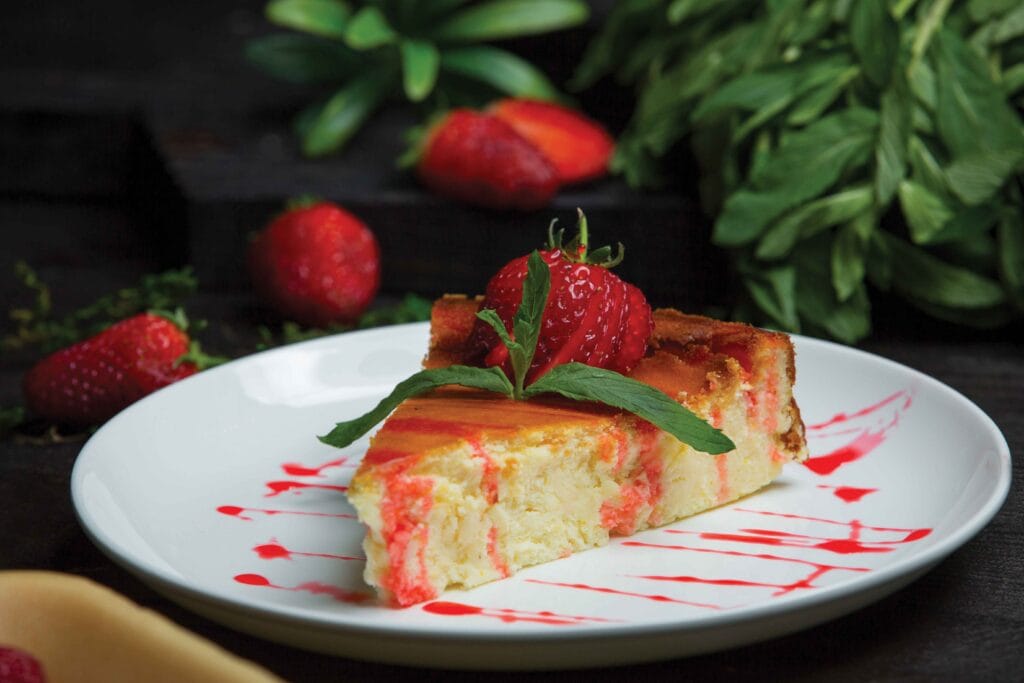
Cultural Impact and Popularity
Cheesecake and French-style cheesecake have earned their places in culinary traditions worldwide. Their distinct characteristics reflect regional tastes and cultural values, influencing how they are enjoyed and celebrated.
Cheesecake: A Global Phenomenon
Regular cheesecake is a beloved dessert across the globe, with variations that cater to local flavors and preferences.
- American Influence:
- Cheesecake became an iconic American dessert, especially with the rise of New York-style cheesecake in the early 20th century. Its dense, creamy texture and rich flavor set a standard for indulgence.
- Chains like The Cheesecake Factory popularized cheesecake internationally, offering creative flavors and extravagant presentations.
- International Variations:
- Japanese Cheesecake: A lighter, fluffier version inspired by soufflés, showcasing the influence of French baking techniques.
- Italian Cheesecake: Made with ricotta cheese, offering a more rustic and slightly tangy flavor profile.
- German Käsekuchen: Features quark cheese, a tangy and creamy ingredient common in European baking.
- Cultural Symbolism: In many countries, cheesecake is associated with celebrations, birthdays, and festive occasions. Its rich and versatile nature makes it a dessert that transcends cultural boundaries.
French-Style Cheesecake: A Sophisticated Niche
French-style cheesecake enjoys a more niche appeal, celebrated for its refinement and subtlety.
- A Reflection of French Culinary Values:
- The French emphasis on balance and quality is evident in their cheesecake. Using lighter ingredients and elegant preparation techniques, French-style cheesecake exemplifies the art of restrained indulgence.
- This style aligns with the French tradition of smaller portions and a focus on flavor clarity.
- Limited but Loyal Following:
- While less ubiquitous than regular cheesecake, French-style cheesecake has a dedicated audience that appreciates its delicate taste and texture.
- Often featured in high-end patisseries and fine dining establishments, it appeals to connoisseurs seeking a unique dessert experience.
Media and Pop Culture Representation
Cheesecake often features prominently in pop culture, from movies to television:
- Regular Cheesecake: Known as a comfort food, it appears in countless sitcoms and films, often as a symbol of indulgence or celebration. Shows like Friends famously spotlighted cheesecake in humorous and heartwarming ways.
- French-Style Cheesecake: While not as frequently depicted, its association with luxury and refinement occasionally places it in scenes set in high-end restaurants or romantic dinners.
Preferences Across Generations
Cultural popularity can vary between demographics:
- Regular Cheesecake: Favored by those who enjoy rich, traditional desserts and creative flavor combinations.
- French-Style Cheesecake: Preferred by those seeking lighter, less sweet options, often aligning with modern health-conscious trends.
The Rise of Cheesecake in Modern Times
Cheesecake continues to evolve, with new trends shaping its popularity:
- Vegan Cheesecakes: Plant-based options using cashews or coconut cream are increasingly popular, reflecting the growing demand for dietary inclusivity.
- Artisanal and Gourmet Cheesecakes: Small-batch, handcrafted varieties appeal to foodies and dessert enthusiasts.
- Cheesecake as a Status Dessert: French-style cheesecake, in particular, is marketed as a premium dessert, emphasizing its artisanal roots and refined flavors.
From traditional bakery slices to sophisticated patisserie creations, cheesecake in its many forms resonates with people across cultures and generations, ensuring its place as a timeless dessert.
FAQs
What is the difference between French cheesecake and regular cheesecake?
The primary difference lies in texture, ingredients, and preparation methods:
- Texture: Regular cheesecake is dense and creamy, while French-style cheesecake is light and airy.
- Ingredients: Regular cheesecake uses cream cheese, heavy cream, and whole eggs. French cheesecake relies on fromage blanc or ricotta, fresh cream, and whipped egg whites.
- Preparation: French-style cheesecake often involves baking in a water bath (bain-marie) and sometimes omits a crust, whereas regular cheesecake is baked at higher temperatures with a thick crust, often made from graham crackers or cookies.
These differences create distinct flavor and mouthfeel experiences, with regular cheesecake being richer and French-style cheesecake being more delicate.
What is French cheesecake made of?
French-style cheesecake is typically made with the following ingredients:
- Fromage Blanc or Ricotta: The primary cheese base, providing a light and smooth texture.
- Fresh Cream: Adds richness without heaviness.
- Whipped Egg Whites: Incorporated to create an airy, soufflé-like consistency.
- Minimal Sugar: Enhances the cheese’s natural flavors without overwhelming sweetness.
- Optional Ingredients: Vanilla, lemon zest, or fruit coulis for subtle flavor enhancements.
Its ingredient list is designed to prioritize lightness and subtlety, reflecting French culinary values.
What are the three types of cheesecake?
Cheesecake can be categorized into several styles, but three prominent types include:
- New York-Style Cheesecake: Dense, creamy, and rich, often baked with a graham cracker crust.
- Japanese Cheesecake: A light, fluffy, and jiggly variety that resembles a soufflé.
- French-Style Cheesecake: Delicate, airy, and subtly sweet, often made with fromage blanc or ricotta.
Each type offers unique flavors and textures, catering to different preferences and occasions.
Which style of cheesecake is best?
The “best” style of cheesecake depends on individual taste and occasion:
- Regular Cheesecake: Ideal for those who enjoy rich, indulgent desserts with bold flavors and a creamy texture. It’s perfect for celebrations and gatherings.
- French-Style Cheesecake: Best for those who prefer lighter, less sweet desserts with a refined and subtle taste. It’s a great choice for sophisticated dining experiences or as a lighter option after a heavy meal.
- Other Variations: Japanese cheesecake is excellent for those who want a unique, fluffy treat, while vegan cheesecakes cater to plant-based diets.
Ultimately, the best cheesecake is the one that aligns with your flavor preferences and dietary needs.
Conclusion
Cheesecake and French-style cheesecake represent two distinct approaches to a beloved dessert. Regular cheesecake offers a dense, creamy, and indulgent experience that pairs well with bold flavors and creative toppings, making it a versatile choice for celebrations and comfort food indulgence. In contrast, French-style cheesecake focuses on lightness and elegance, with subtle flavors and a refined texture that reflect the sophistication of French culinary traditions.
Understanding the differences in ingredients, preparation, texture, and flavor allows you to appreciate the unique qualities of each type. Whether you’re drawn to the rich, satisfying decadence of regular cheesecake or the airy, delicate charm of French-style cheesecake, both have their place in the world of desserts. Ultimately, the choice comes down to personal preference, the occasion, and the type of dining experience you wish to create.
Cheesecake in all its forms continues to captivate dessert lovers, offering a treat that can be customized, celebrated, and enjoyed by people of all ages and cultures.


